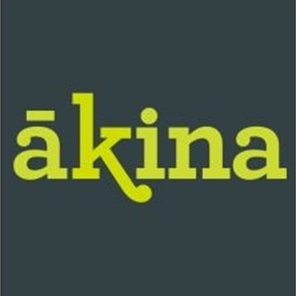Susan Edmunds, Money Correspondent
Higher-growth and aggressive KiwiSaver funds have delivered strong returns in recent times, but there's a warning they're not for everyone.
Morningstar's latest data shows that "aggressive" KiwiSaver funds returned 19 percent on average over the past year, compared to 13.4 percent for default options, 15 percent for growth and 7.4 percent for conservative.
Aggressive funds take the most risk, often with about 95 percent or more of their money invested in growth assets such as shares.
That means they can be much more volatile than a fund that spreads its allocation across other things, like fixed interest investments, but should deliver more returns over time.
Founder of Kernel Dean Anderson said they were increasingly popular.
"With 63 percent of Kernel's KiwiSaver money in our high growth fund, investors are clearly voting with their wallets."
But he said they would only suit people who were planning to remain invested in them for some time.
"When you're looking at a 10, 20 or 30-year horizon, short-term market jitters matter less than maximising your growth potential - and Kiwis are getting savvier about this reality.
"For those who won't touch their retirement savings for decades, embracing share market volatility through high growth funds can be smart investing. We're also seeing growth in investors who are investing their KiwiSaver directly into one or two global index funds, such as the S&P 500 or a world index."
He pointed to the Financial Markets Authority's most recent KiwiSaver report, which showed that the number of people in growth and high growth funds had doubled over a decade, while the number in conservative funds only increased 2.5 percent.
Morningstar data director Greg Bunkall said there had been a proliferation of 100 percent equity funds and he would expect flows of investment funds to follow.
There is currently $12 billion in aggressive funds.
Over five years they have returned 8.3 percent a year, and over 10 years, 9.3 percent, the best return of the categories.
Westpac spokesperson Nigel Jackson said its high-growth KiwiSaver was designed for people with an investment timeframe of 13 years or more.
He said that period of time would allow people to ride out volatility and obtain better returns.
He said Westpac had seen strong demand, with $430 million in the fund, which was only launched in September.
Much of that had come from the growth fund, he said.
He said it was notable that more male investors were putting their money into the high-growth fund than female.



 Bill Bennett: Download Weekly - Faster Fibre And NZ's First Private 5G Network
Bill Bennett: Download Weekly - Faster Fibre And NZ's First Private 5G Network Insurance Council of New Zealand: Insurance Industry Report Into The North Island Weather Events Released
Insurance Council of New Zealand: Insurance Industry Report Into The North Island Weather Events Released Consumer NZ: Consumer NZ Valentine's Day Alert - Beware The Red Flags
Consumer NZ: Consumer NZ Valentine's Day Alert - Beware The Red Flags Vegetables New Zealand: Making It Easier To Grow Vegetables Critical For New Zealand
Vegetables New Zealand: Making It Easier To Grow Vegetables Critical For New Zealand Save Science: Save Science Coalition Releases Latest Toll Of Science Roles In Wake Of Further Cuts At Callaghan Innovation
Save Science: Save Science Coalition Releases Latest Toll Of Science Roles In Wake Of Further Cuts At Callaghan Innovation Hugh Grant: 10 Retail Merchandising Trends You Can't Ignore In 2025
Hugh Grant: 10 Retail Merchandising Trends You Can't Ignore In 2025


